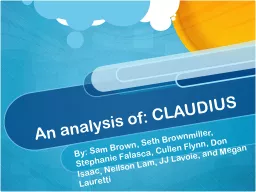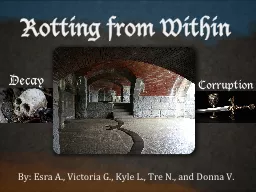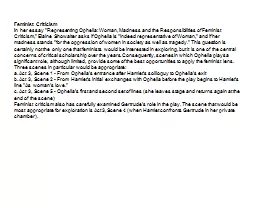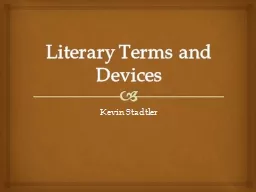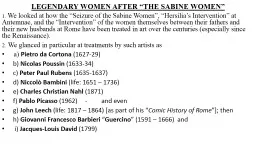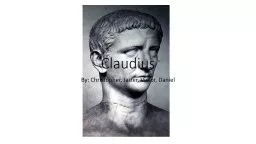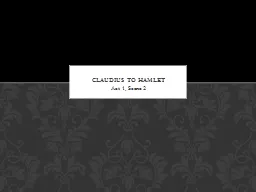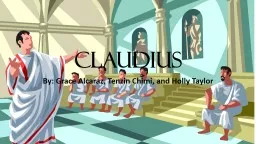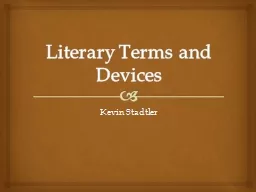PPT-An analysis of: CLAUDIUS
Author : celsa-spraggs | Published Date : 2016-07-08
By Sam Brown Seth Brownmiller Stephanie Falasca Cullen Flynn Don Isaac Neilson Lam JJ Lavoie and Megan Lauretti Characteristics of Claudius Fearful Demanding
Presentation Embed Code
Download Presentation
Download Presentation The PPT/PDF document "An analysis of: CLAUDIUS" is the property of its rightful owner. Permission is granted to download and print the materials on this website for personal, non-commercial use only, and to display it on your personal computer provided you do not modify the materials and that you retain all copyright notices contained in the materials. By downloading content from our website, you accept the terms of this agreement.
An analysis of: CLAUDIUS: Transcript
Download Rules Of Document
"An analysis of: CLAUDIUS"The content belongs to its owner. You may download and print it for personal use, without modification, and keep all copyright notices. By downloading, you agree to these terms.
Related Documents

